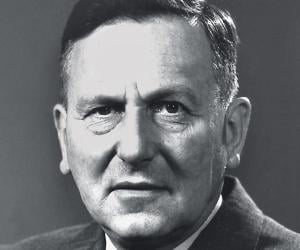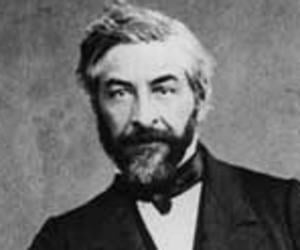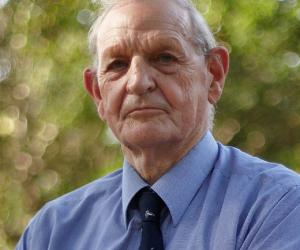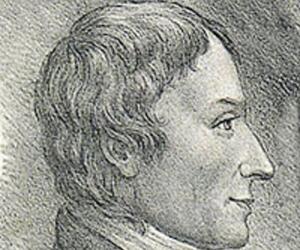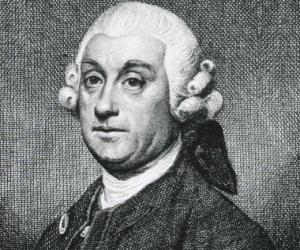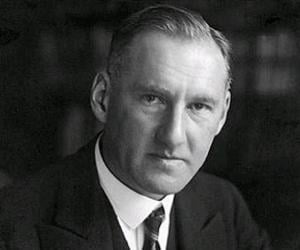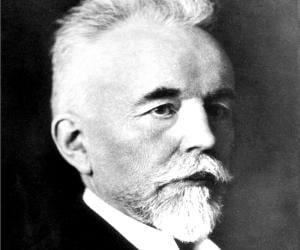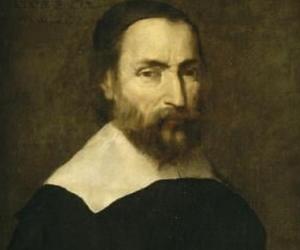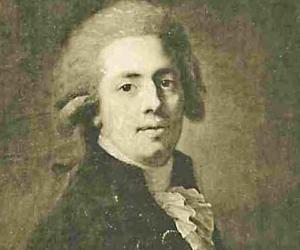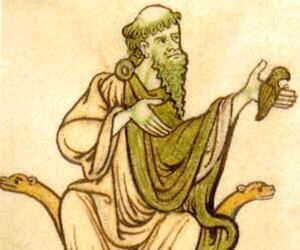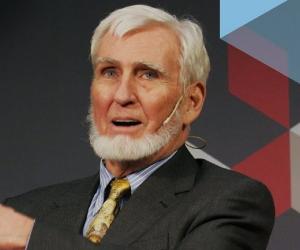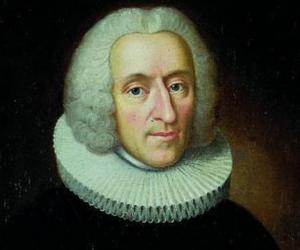Quick Facts
Also Known As: Paul Hermann Muller
Died At Age: 66
Born Country: Switzerland
Chemists Discoverers
Died on: October 12, 1965
place of death: Basel, Switzerland
Childhood & Early Life
Paul Herman Muller was born in Olten, Solothurn, Switzerland on January 12, 1899. His father, Gottlieb Muller, was an official of the Swiss Federal Railways and his mother was Fanny Leopold.
He was the oldest of the four children in the Muller family.
He spent most of his early childhood in Lenzburg, in Aargau, but had to move to Basel at the age of five when his father was transferred there. After moving to Basel, Muller attended a primary school.
He attended the ‘Freie Evangelische Volsschule’ elementary and secondary schools later.
In 1916 he worked as a laboratory technician for a brief period in the chemical factory of Dreyfus & Company.
In 1917 he joined Lonza A. G. laboratories as a research chemist in the scientific-industrial laboratory and worked there for a year.
He returned to his old school, passed his matriculation examination in 1918 and obtained his diploma in 1919.
Convinced that chemistry was his future, he joined the Basel University in 1919.
In 1922 he changed his work to organic chemistry from inorganic chemistry.
He received his PhD from the University in April, 1925, for a thesis on the oxidation of ‘m-xylidine’ and its derivatives. He also studied physical chemistry and botany at the university.
Career
On May 25, 1925 Muller joined as a research chemist in the dye division of the firm ‘J. R. Geigy’ which produced synthetic dyes, plant-based dyes and tanning agents that were available in nature. He remained with this company for the rest of his life.
In 1930 he developed synthetic tanning agents and dyes which remained fast under sunlight.
In 1935 he started a study on insecticides that could affect insects coming into contact with them. He stressed upon the various criteria of a perfect insecticide that would make it cheap, highly stable for long periods, prove highly potent against all types of insects without causing any harm to plants, animals or humans.
In 1937 he developed and patented a method for producing insecticides out of synthetic cyanate and rhodanide based compounds.
He also developed a mercury-free seed disinfectant called Graminone which benefited the Swiss farmers a great deal at the time.
In 1939 Muller developed DDT or ‘dichloro diphenyl trichloroethane’ which did not have much use since it was first discovered in 1873. Till that time all insecticides were either natural which were very expensive or synthetic which were ineffective. The effective insecticides available till then were Arsenic based and were equally poisonous to humans, animals and plants.
Muller got a Swiss patent for it in 1940 and production of DDT was started by Geigy. He also got a British patent in 1942 and an American patent in 1943 after which the production of insecticide started in both the countries in real earnest.
It was first tested on the Colorado potato beetle in 1943 by both the US and the Swiss governments with great success.
It was successfully used to stop a typhus epidemic in Naples, Italy in 1943. Over the years the insecticide started showing signs of other toxicities harmful to animals and humans and its used was drastically reduced.
Muller later became the deputy chairman of J. R. Geigy and the director of research in its pesticide division.
In 1961 he retired from Geigy and carried out more experiments at the laboratory set up at his Oberswil home.
Major Works
Paul Hermann Muller’s investigations in ‘Uber Konstitiution und Toxische Wirkung von naturlichen und neuen synthetischen insektentotenden Stoffen’ written with H. Martin and P. Lauger came out in ‘Helevetica chimica acta’ in 1944.
His paper with the title ‘Uber Zusmmenhange zwischen Konstitution und insektizider Wirkung’ was published in 1946.
He gave an account of the discovery of DDT in ‘Dichlorodiphenyltrichloroathan und neuere Inzekticide’ which was published in 1949.
Awards & Achievements
Paul Hermann Muller was awarded the Nobel Prize in Physiology or Medicine in 1948.
He was awarded an honorary doctorate by the University of Thessalonica in recognition of his discovery of the new form of DDT which was used effectively in the Mediterranean countries.
Personal Life & Legacy
He married Friedel Ruegsegger in 1927 and had two son, Heinrich and Niklaus and one daughter, Margaretha from the marriage.
Paul Hermann Muller died on October 12, 1965 in Basel, Switzerland.
Humanitarian Work
Paul Hermann Muller was instrumental in saving millions of lives by eradicating malaria from many countries and reducing its incidence in a big part of the world by discovering DDT.


